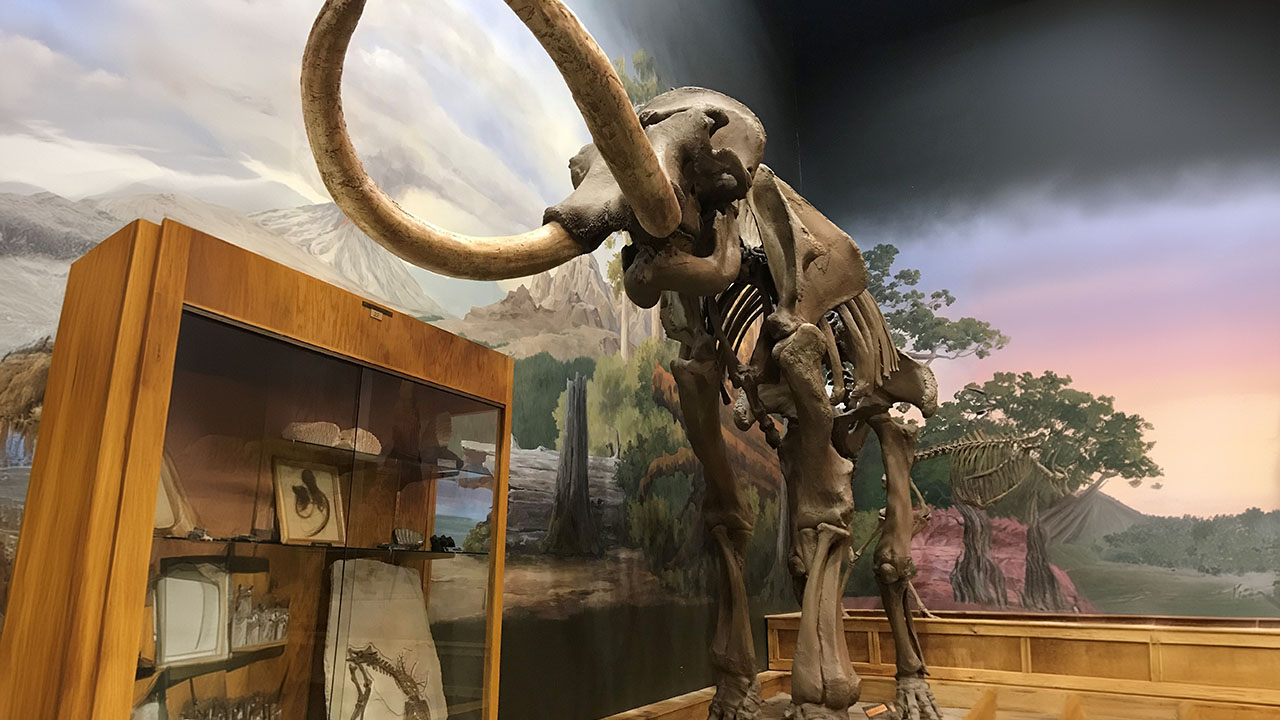
They’re dead, Jim.
You’ve probably heard this story wandering about the internet, and you may have regarded it as folklore. Doubtless some versions of the story fudge the details a bit, but their underlying basis is true: various parties really are currently attempting to restore the Woolly Mammoth as a species, using a variety of approaches. Prospects of this kind of de-extinction through genetic engineering in particular have led to hotly debated ethical discussions in scientific circles; claims of progress add a sense of urgency and stakes to these debates. A related concept known as “rewilding” in relation to other extinct species is also beginning to influence environmental policy around the world, even at national levels. Much of what effects these actions may have and how we view them depends on what it really means to bring back the Woolly Mammoth or other extinct species, and exactly how we regard that as possible. Much of the discussion may have a scientific basis, leading some to consider it wholly scientific, but the implications reach much farther into philosophical and political realms.
As winter reminds us of the Ice Age long past, it also gives us a timely opportunity to consider just what the purported return of the mammoth might mean. One little blog post won’t cover this rapidly growing topic, but hopefully this will act as a primer for deeper inquiry. We will likely cover aspects of this issue in future posts with a little more detail. In doing so, we seek to inform readers and Park visitors about the facts at hand, and do not take a position as an organization on these matters. As you begin to probe the implications of de-extinction, rewilding, and other environmental issues, we urge you to found beliefs and policy decisions on sound principles and a thorough knowledge of the pertinent facts. Such a big topic has caused us to split this initial foray into three parts. The first deals most directly with the basics. The second explores some of the whys and wherefores driving mammoth cloning and other de-extinction projects. The third focuses on questions of precedent, both artificial and natural (yes, you read that right: we’ve done this sort of thing before, and so has Mother Nature). With all that said, let’s dive on into the basics!
To use an Ice Age idiom, that’s just the tip of the iceberg regarding the obstacles to any mammoth cloning project. Considering all the expense and effort needed to complete such a project, why do it? The next installment of this blog post will examine motives of various sorts driving the project. In the meantime, if you are enjoying this coverage of a topic related to the Ice Age, why not come check out the Park in all its wintery glory while the Frozen in Time event runs? Tuesday through Saturday, starting at 2:30, we will have activities and tours available to help you explore the Pleistocene Ice Age and other cold weather extremes of Earth’s history—how they shaped our geography and how organisms adapted.
PART II COMING SOON
Subscribe to our newsletter of follow us on the social channels to stay tuned.
© 2023 Dinosaur Park • All Rights Reserved.